
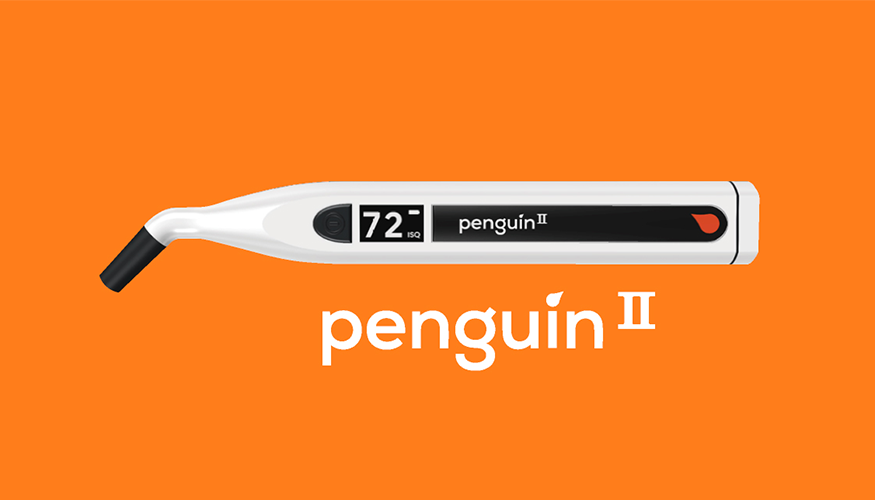
Penguin II
Monitor Osseointegration
Implant Stability Checker
-
- Removes doubt!
Today, the trend in implant dentistry is to have short or no healing period at all before loading. This places a great demand on the clinical team. If conditions are not optimal, poor primary stability may increase the risk of implant failure. - The PenguinRFA measures implant stability and osseointegration to provide sufficient information to make a decision when to load an implant. This is especially important when using procedures with shorter treatment times or treating at-risk patients.
- Removes doubt!
Penguin II
Monitor Osseointegration
. Removes doubt!
Today, the trend in implant dentistry is to have short or no healing period at all before loading. This places a great demand on the clinical team. If conditions are not optimal, poor primary stability may increase the risk of implant failure.
. The PenguinRFA measures implant stability and osseointegration to provide sufficient information to make a decision when to load an implant. This is especially important when using procedures with shorter treatment times or treating at-risk patients.
Penguin II
Just mount the MulTipeg™, aim for the top and the ISQ value will be displayed in less than a second. Values above 70 means high stability and are typically recommended for one-stage and immediate loading.
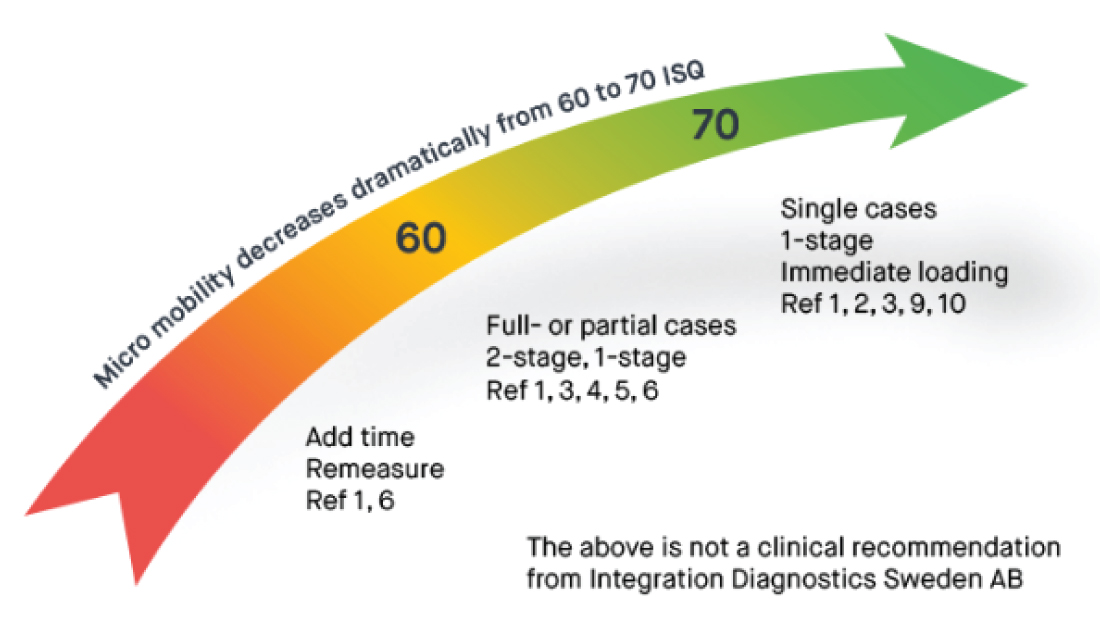
Penguin II
Just mount the MulTipeg™, aim for the top and the ISQ value will be displayed in less than a second. Values above 70 means high stability and are typically recommended for one-stage and immediate loading.


MulTipegs™ Driver
The Driver is made of stainless steel and works like a screwdriver and a carrier for the MulTipeg. Since the MulTipeg has a magnet in its top it will attach safely inside the Driver.
MulTipegs™ Driver
The Driver is made of stainless steel and works like a screwdriver and a carrier for the MulTipeg. Since the MulTipeg has a magnet in its top it will attach safely inside the Driver.

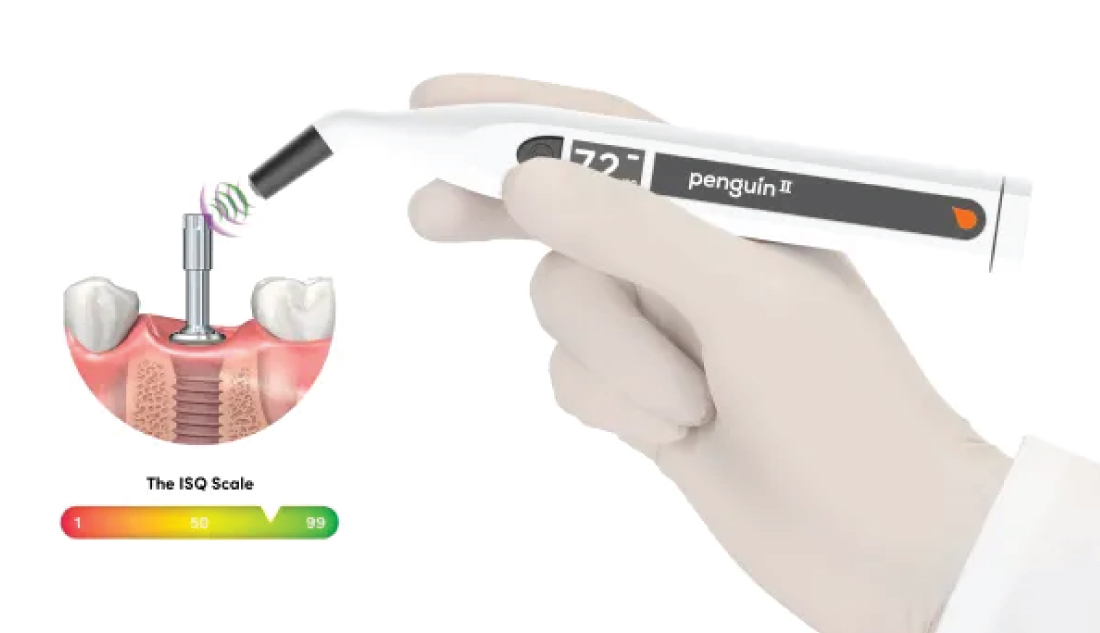
Procedure
• By mounting a MulTipeg the measurement is made in a second. Just aim for the magnet on top of the MulTipeg. Non-invasive, objective, accurate and repeatable.

The Procedure
• By mounting a MulTipeg the measurement is made in a second. Just aim for the magnet on top of the MulTipeg. Non-invasive, objective, accurate and repeatable.
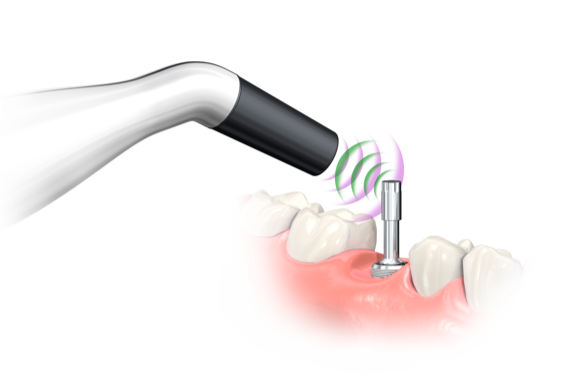
technique behind and
the ISQ scale
• The technique behind the Penguin RFA is called Resonance Frequence Analysis (RFA) and the measurement unit is named Implant Stability Quotient (ISQ).
• The peg is excited by magnetic pulses and vibrates due to the stiffness in the contact area between the bone and the implant surface.Once attached to an implant, magnetic pulses cause the MulTipeg™ to vibrate. The instrument measures the frequency of the vibration and translates it to an ISQ scale value between 1 and 99. The higher the ISQ value, the better the stability. RFA measures implant stability as a function of interface stiffness, which correlates with implant displacement, i.e. micro-mobility. The local bone density determines the ISQ value, and is influenced by factors such as the implant placement technique, implant design and healing time. Implants with low and/or dropping ISQ values seem to pose an increased risk for failure compared with implants with high and/or increasing values.

The technique behind and
the ISQ scale
• The technique behind the Penguin RFA is called Resonance Frequence Analysis (RFA) and the measurement unit is named Implant Stability Quotient (ISQ).
• The peg is excited by magnetic pulses and vibrates due to the stiffness in the contact area between the bone and the implant surface. Once attached to an implant, magnetic pulses cause the MulTipeg™ to vibrate. The instrument measures the frequency of the vibration and translates it to an ISQ scale value between 1 and 99. The higher the ISQ value, the better the stability. RFA measures implant stability as a function of interface stiffness, which correlates with implant displacement, i.e. micro-mobility. The local bone density determines the ISQ value, and is influenced by factors such as the implant placement technique, implant design and healing time. Implants with low and/or dropping ISQ values seem to pose an increased risk for failure compared with implants with high and/or increasing values.

Penguin II
The technique behind and
the ISQ scale
• The technique behind the Penguin RFA is called Resonance Frequence Analysis (RFA) and the measurement unit is named Implant Stability Quotient (ISQ).
• The peg is excited by magnetic pulses and vibrates due to the stiffness in the contact area between the bone and the implant surface. Once attached to an implant, magnetic pulses cause the MulTipeg™ to vibrate. The instrument measures the frequency of the vibration and translates it to an ISQ scale value between 1 and 99. The higher the ISQ value, the better the stability. RFA measures implant stability as a function of interface stiffness, which correlates with implant displacement, i.e. micro-mobility. The local bone density determines the ISQ value, and is influenced by factors such as the implant placement technique, implant design and healing time. Implants with low and/or dropping ISQ values seem to pose an increased risk for failure compared with implants with high and/or increasing values.
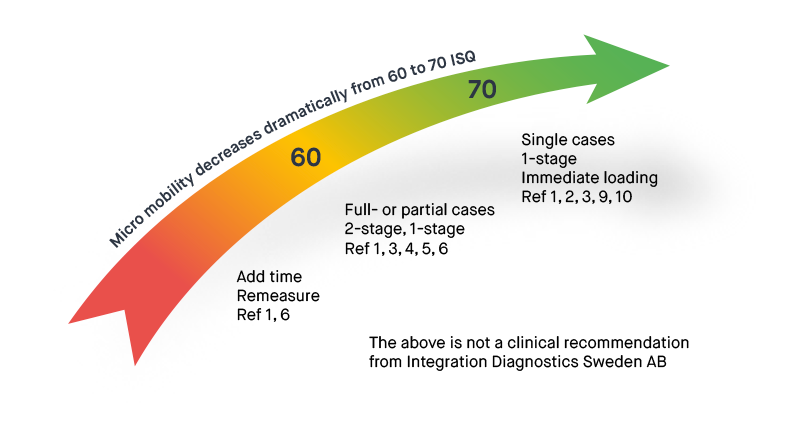
ISQ-scale and clinical guidelines
• Values above ISQ 70 indicate a very stable implant with low micro-mobility. This value is typically recommended for one-stage and immediate loading. A second measurement is recommended before the final restoration to verify osseointegration.

The ISQ-scale and clinical guidelines
• Values above ISQ 70 indicate a very stable implant with low micro-mobility. This value is typically recommended for one-stage and immediate loading. A second measurement is recommended before the final restoration to verify osseointegration.

Osseointegration
• Values in the range of 75 ISQ means the implant is already so stable that osseointegration cannot add stability in a significant way. The proof of osseointegration is the lack of a drop in ISQ.

Osseointegration
• Values in the range of 75 ISQ means the implant is already so stable that osseointegration cannot add stability in a significant way. The proof of osseointegration is the lack of a drop in ISQ.

MulTipegs™
Sensible measuring devices made in titanium with sealed magnets,
which makes them reusable. The main purpose with its design are
environment considerations and to make them cost effective.
. For all major implant systems
. Durable, tissue friendly titanium
. Sealed magnet inside the top
. Autoclavable at least 20 times
. Laser marked with Type no.
. Optimal platform fit
. ISQ Standard Calibrated™
. Price may vary between different countries due to shipping costs, import duties, other taxes, etc.

MulTipegs™
Sensible measuring devices made in titanium with sealed magnets, which makes them reusable. The main purpose with its design are environment considerations and to make them cost effective.
. For all major implant systems
. Durable, tissue friendly titanium
. Sealed magnet inside the top
. Autoclavable at least 20 times
. Laser marked with Type no.
. Optimal platform fit
. ISQ Standard Calibrated™
. Price may vary between different countries due to shipping costs, import duties, other taxes, etc.

MulTipegs™
Sensible measuring devices made in titanium with sealed magnets, which makes them reusable. The main purpose with its design are environment considerations and to make them cost effective.
. For all major implant systems
. Durable, tissue friendly titanium
. Sealed magnet inside the top
. Autoclavable at least 20 times
. Laser marked with Type no.
. Optimal platform fit
. ISQ Standard Calibrated™
. Price may vary between different countries due to shipping costs, import duties, other taxes, etc.